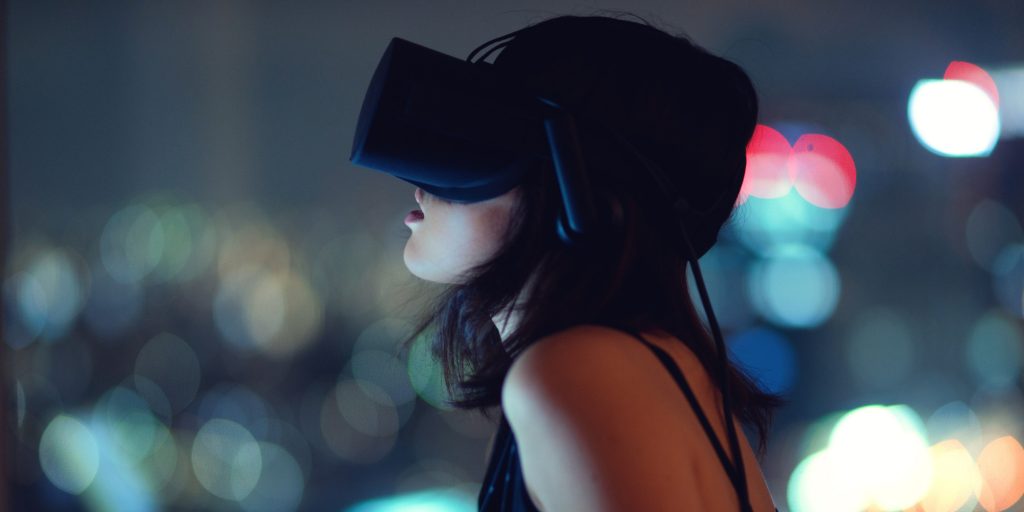Everyone is trying to build distinctive experiences that differentiate their brand. My recent conversations in the Virtual Reality work we are doing at Liquid Thought, is often around how and what impact it’s going to have globally. But to be honest I don’t think many brands, and people in general, are ready for it. Not because they don’t want it, but because they don’t know how to experiment with it.
Having just completed a VR project, I thought I’d share some of my learning experiences and the readiness of VR in the SA market.
For those of you that don’t know what I’m babbling about, Virtual Reality (thanks to Wiki) is an experience taken place within a simulated environment that includes auditory, visual, and sensory feedback (like the ability to grab something).
Not to be confused with Augmented Reality (AR), VR is an immersive experience. A good way of looking at it is, ‘With augmented reality, you can watch a shark pop out of your business card, but with virtual reality, you can swim with sharks.’
The Actual VR Experience
When someone puts the head set on for the first time they look up and down and side to side and realize that they are in a whole new world. It’s almost like experiencing your first deep-sea dive. You are nervous about what to expect, but you look around and realize that you can actually breathe as you would on land. The story that you hear and experience in VR feels like real life and thus the learning and understanding is more impactful and memorable.
Our Project
Our recent project involved creating a VR experience for a financial services client. They wanted to be the first in the industry to use this technology. Our brief was to create a VR experience so that their customers could better understand a financial concept. Great idea! Let’s do this VR thing, but not sure they fully understood the whole immersive side to it. Unfortunately, due to it being a new technology they were uncomfortable with several things:
- Customers wearing a headset
- Walking around the room
- What spectators would see
- If spectators would understand what’s going on
- If the narrative was descriptive enough
Challenging you say? My thoughts exactly. The idea of a VR experience for a financial company is completely out of the box, creative thinking right? So what do you do when you’re asked to prepare something creative, innovative, next level out of the box thinking… without straying too far from the box?
After endless long nights, rewriting scripts and redesigning the storyboard we finally came up with what we felt was a winner: Present the user with a future financial version of themselves and show them how they could live using the clients offering vs without. Sounds great right? Wrong! The client felt this strayed too far from their financial concept as they were not willing to fully trust the impact VR technology would have on customers. So instead of allowing the experience to guide the customers to the financial concept, we had to be extremely descriptive, like a narrator narrating a movie with all the spoilers as the action is happening.
OK, so now what? The whole aim of VR is to have an individual, human-like connection in a storytelling format. In this case, eliminating ambiguity with one of their financial services products. They were uncomfortable with what spectators would see, and wanted them to almost experience the same thing and understand the concept while watching someone in the VR experience. I feel it defeats the whole purpose. In order to understand this concept in the VR world they need to experience it first hand so that it can have the desired impact. So we had to almost create a 2D experience along with a VR one for the audience to watch. Also, the narrative used to describe scenes does not have to be in great detail as the user will be physically experiencing the scene. It’s like watching a movie vs reading a book, whereas the latter has more detail so that the reader can visualize the scene. Here, the scene is created for you. VR offers a new opportunity to communicate directly with our senses and it needs to be grasped and played with. The plot doesn’t need to be given away immediately; it’s important to let audiences explore their own imaginations.
Hence, I question the readiness and understanding of this technology. I would have rather created more unique, individual experiences for their clients and impact a small group, as trying to have large-scale impact, you have no control over what information has been absorbed when simply watching someone in the immersive world.
“TOTAL IMMERSION IS VITAL TO THE SUCCESS OF ANY VR EXPERIENCE”
Lessons:
I believe that in order to really understand VR we need to keep experimenting with it to figure out the best use of the medium. Creating small projects, and testing out the impact to understand how to communicate this kind of storytelling, will serve best to fully appreciate the benefits of a fully immersive experience.
“VR is unique in creating this sense of presence, like you’re right there with another person or in another place. If you can’t think of any way that your reality can’t be better, then you’re not thinking hard enough,”
-Mark Zuckerberg.
Way Forward:
The future of VR will be interesting and exciting; seeing how brands and organizations will use it once they fully understand the technology. Being able to fully immerse yourself in a financial product and realistically seeing and feeling its impact in the future has great value and possible buy-in for a client. But before you decide to switch up your whole marketing strategy to VR, make sure you’ve fully grasped the concept, its impact and what your customers are going to get out of it. If you’re going to choose VR as a marketing approach, figure out how it relates to your brand or product, don’t just jump on the bandwagon. Take the risk, trust the experience to guide your customers to your call of action and lastly:
Go out and experience Virtual Reality for yourself.

